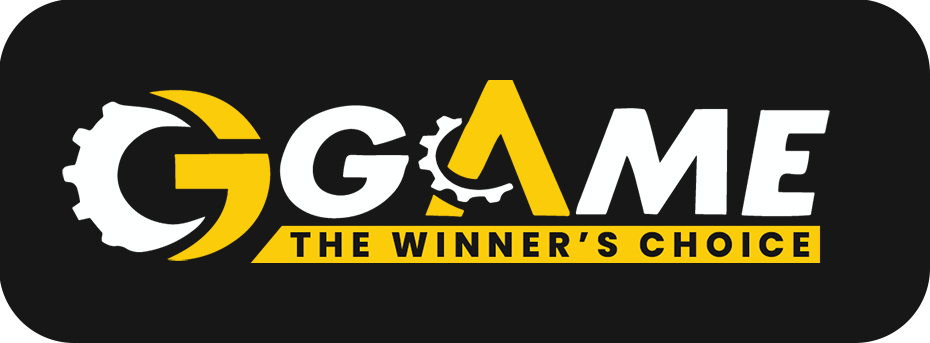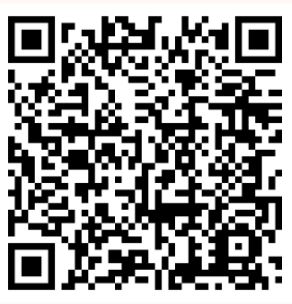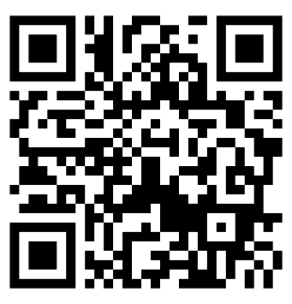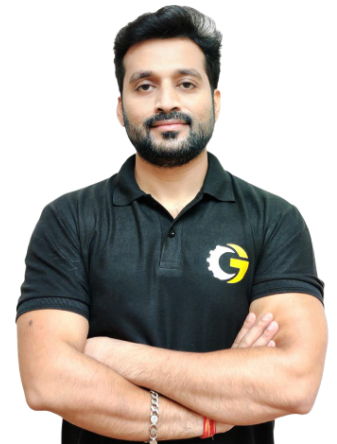ESE 2023 Syllabus
General Studies and Engineering Aptitude (Prelim-Exam/Stage-1, Paper-1, Objective type, Common to all branches)
- Current issues of national and international importance relating to social, economic and industrial development
- Engineering Aptitude covering Logical reasoning and Analytical ability
- Engineering Mathematics and Numerical Analysis
- General Principles of Design, Drawing, Importance of Safety
- Standards and Quality practices in production, construction, maintenance and services
- Basics of Energy and Environment : Conservation, Environmental pollution and degradation, Climate change, Environmental impact assessment
- Basics of Project Management
- Basics of Material Science and Engineering
- Information and Communication Technologies (ICT) based tools and their applications in Engineering such as networking, e-governance and technology based education.
- Ethics and values in engineering profession
Note: The paper in General Studies and Engineering Aptitude will include the knowledge of relevant topics as may be expected from an engineering graduate. Questions from all the 10 topics mentioned above shall be set. Marks for each topic may range from 5% to 15% of the total marks on the paper.
ESE 2021 Syllabus (Mechanical Engineering)
Agenda of both the Papers for Stage‐I (objective type Paper–II) and separately for Stage‐II Examination (Conventional type Paper‐I and Paper – II).
PAPER – I
- Fluid Mechanics: Basic Concepts and Properties of Fluids, Manometry, Fluid Statics, Buoyancy, Equations of Motion, Bernoulli’s equation and applications, Viscous flow of incompressible fluids, Laminar and Turbulent flows, Flow through pipes and head losses in pipes.
- Thermodynamics and Heat transfer: Thermodynamic systems and processes; properties of pure substance; Zeroth, First and Second Laws of Thermodynamics; Entropy, Irreversibility and availability; analysis of thermodynamic cycles related to energy conversion: Rankine, Otto, Diesel and Dual Cycles; ideal and real gases; compressibility factor; Gas mixtures. Modes of heat transfer, Steady and unsteady heat conduction, Thermal resistance, Fins, Free and forced convection, Correlations for convective heat transfer, Radiation heat transfer -Radiation heat transfer co‐efficient; boiling and condensation, Heat exchanger performance analysis
- IC Engines, Refrigeration and Air conditioning: SI and CI Engines, Engine Systems and Components, Performance characteristics and testing of IC Engines; Fuels; Emissions and Emission Control. Vapour compression refrigeration, Refrigerants and Working cycles, Compressors, Condensers, Evaporators and Expansion devices, Other types of refrigeration systems like Vapour Absorption, Vapour jet, thermo electric and Vortex tube refrigeration. Psychometric properties and processes, Comfort chart, Comfort and industrial air conditioning, Load calculations and Heat pumps.
- Turbo Machinery: Reciprocating and Rotary pumps, Pelton wheel, Kaplan and Francis Turbines, velocity diagrams, Impulse and Reaction principles, Steam and Gas Turbines, Theory of Jet Propulsion Pulse jet and Ram Jet Engines, Reciprocating and Rotary Compressors – Theory and Applications.
- Power Plant Engineering: Rankine and Brayton cycles with regeneration and reheat, Fuels and their properties, Flue gas analysis, Boilers, steam turbines and other power plant components like condensers, air ejectors, electrostatic precipitators and cooling towers – their theory 23 and design, types and applications;
- Renewable Sources of Energy: Solar Radiation, Solar Thermal Energy collection ‐ Flat Plate and focusing collectors their materials and performance. Solar Thermal Energy Storage, Applications :heating, cooling and Power Generation; Solar Photovoltaic Conversion; Harnessing of Wind Energy, Bio‐mass and Tidal Energy – Methods and Applications, Working principles of Fuel Cells.
PAPER – II
- Engineering Mechanics: Analysis of System of Forces, Friction, Centroid and Centre of Gravity, Dynamics; Stresses and Strains‐Compound Stresses and Strains, Bending Moment and Shear Force Diagrams, Theory of Bending Stresses‐ Slope and deflection‐Torsion, Thin and thick Cylinders, Spheres.
- Engineering Materials: Basic Crystallography, Alloys and Phase diagrams, Heat Treatment, Ferrous and Non Ferrous Metals, Non metallic materials, Basics of Nano‐materials, Mechanical Properties and Testing, Corrosion prevention and control
- Mechanisms and Machines: Types of Kinematics Pair, Mobility, Inversions, Kinematic Analysis, Velocity and Acceleration Analysis of Planar Mechanisms, CAMs with uniform acceleration and retardation, cycloidal motion, oscillating followers; Vibrations Free and forced vibration of undamped and damped SDOF systems, Transmissibility Ratio, Vibration Isolation, Critical Speed of Shafts. Gears – Geometry of tooth profiles, Law of gearing, Involute profile, Interference, Helical, Spiral and Worm Gears, Gear Trains‐ Simple, compound and Epicyclic; Dynamic Analysis – Slider – crank mechanisms, turning moment computations, balancing of Revolving & Reciprocating masses, Gyroscopes –Effect of Gyroscopic couple on automobiles, ships and aircrafts, Governors.
- Design of Machine Elements: Design for static and dynamic loading; failure theories; fatigue strength and the S‐N diagram; principles of the design of machine elements such as riveted, welded and bolted joints. Shafts, Spur gears, rolling and sliding contact bearings, Brakes and clutches, flywheels.
- Manufacturing ,Industrial and Maintenance Engineering: Metal casting‐Metal forming, Metal Joining, Machining and machine tool operations, Limits, fits and tolerances, Metrology and inspection, computer Integrated manufacturing, FMS, Production planning and Control, Inventory control and operations research ‐ CPM‐PERT. Failure concepts and characteristics‐Reliability, Failure analysis, Machine Vibration, Data acquisition, Fault Detection, Vibration Monitoring, Field Balancing of Rotors, Noise Monitoring, Wear and Debris Analysis, Signature Analysis, NDT Techniques in Condition Monitoring.
- MechatronicsandRobotics: Microprocessors and Microcontrollers: Architecture, programming, I/O, Computer interfacing, Programmable logic controller. Sensors and actuators, Piezoelectric accelerometer, Hall effect sensor, Optical Encoder, Resolver, Inductosyn, Pneumatic and Hydraulic actuators, stepper motor, Control Systems‐ Mathematical modeling of Physical systems, control signals, controllability and observability. Robotics, Robot Classification, Robot Specification, notation; Direct and Inverse Kinematics; Homogeneous Coordinates and Arm Equation of four Axis SCARA Robot.






